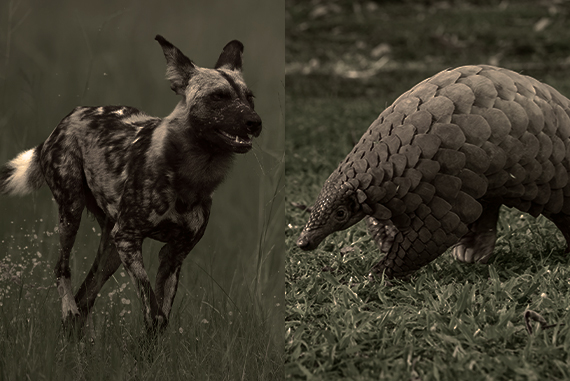
The Legacy Experience Foundation (TLEF) is more than just an organisation, it’s a heartfelt commitment to making a difference in the world. Nestled in the serene town of Lucerne, Switzerland, TLEF dedicates its conservation efforts to the magnificent Kruger National Park (KNP) in South Africa and the neighbouring local communities. TLEF’s mission now extends beyond rhino conservation.
They believe in educating the younger generation about the importance of preserving endangered mammals. This vision gave birth to the “Legacy Bedtime Stories,” a delightful initiative aimed at spreading awareness among children. One of these enchanting stories is “Welcome to Africa,” a tale that immerses young minds in the wonders of the Kruger National Park Spanning 19,455 square kilometres, it stands as one of the last remaining places where humanity can truly connect with our natural heritage. We hope that this story kindles a sense of wonder in your children and inspires them to appreciate the importance of conservation.
A snippet from “Welcome To Africa”:
Once upon a time, in a vast and wild land, there lived two extraordinary creatures – the pangolin and the African wild dog. These animals were unlike any others, each with its unique characteristics and challenges. Let’s begin with the pangolin, often known as the scaly anteater due to its hard, plate-like scales. These gentle beings had a remarkable feature – they could curl themselves into a tight ball, making them nearly impenetrable. The name “pangolin” was inspired by the Malay word “pengguling,” meaning “something that rolls up.” While in the animal kingdom, pangolins are insectivorous, meaning they feed on insects, and they prefer to do so under the cloak of the night.
The only threats these pangolins faced were large predators, fires, disease, and occasionally, hunger. However, the most significant threat to these incredible creatures was human activity. Sadly, it was estimated that over a million pangolins had been illegally traded in Asia over the past decade, endangering their very existence. These remarkable beings were the world’s most trafficked mammals, hunted for their meat and sought after for traditional Chinese medicine.
Now, let’s turn our attention to the African wild dogs, also known as painted hunting dogs, painted wolves, or African-painted dogs. These social and extraordinary animals called sub-Saharan Africa their home. They were indeed endangered, and their survival depended on their close-knit packs. A single wild dog on its own poses little threat, but when they formed packs, they were a force to be reckoned with. Wild dogs were masters of teamwork, and their hunts began at sunrise or sunset. But before the chase, they would engage in an elaborate greeting ceremony, filled with tail-wagging, twittering, sniffing, and licking. This collaborative approach to hunting was their secret to success. While these remarkable beings roamed the African wilderness, they faced numerous challenges, including habitat loss and human activity. Their population had dwindled to a mere 3,000 to 5,000 individuals. As the night falls and you close your eyes, remember the pangolin and the African wild dog, for they are just two of the incredible creatures that share this world with us. Sleep tight, dear friends, and thank you for joining us in supporting The Legacy Experience.
Your support can make a world of difference. Together, we can rewrite the stories of our world’s most precious mammals. The Boucher Legacy extends an invitation to all who believe in the power of conservation, education, and preservation to donate and join the fight to protect endangered mammals.


